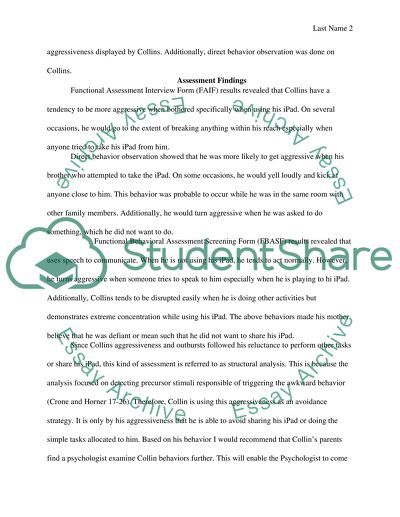Cite this document
(“Positive Behavior Intervention Plan Case Study Example | Topics and Well Written Essays - 1250 words”, n.d.)
Retrieved from https://studentshare.org/education/1602360-functional-behavior-assessment-and-positive-behavior-intervention-plan
Retrieved from https://studentshare.org/education/1602360-functional-behavior-assessment-and-positive-behavior-intervention-plan
(Positive Behavior Intervention Plan Case Study Example | Topics and Well Written Essays - 1250 Words)
https://studentshare.org/education/1602360-functional-behavior-assessment-and-positive-behavior-intervention-plan.
https://studentshare.org/education/1602360-functional-behavior-assessment-and-positive-behavior-intervention-plan.
“Positive Behavior Intervention Plan Case Study Example | Topics and Well Written Essays - 1250 Words”, n.d. https://studentshare.org/education/1602360-functional-behavior-assessment-and-positive-behavior-intervention-plan.


